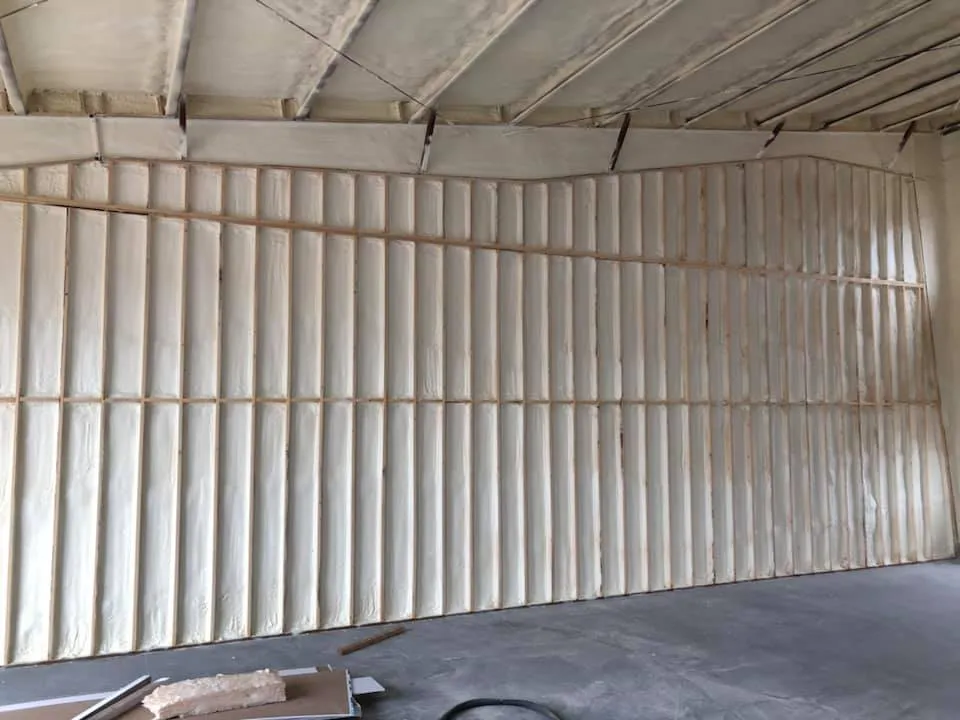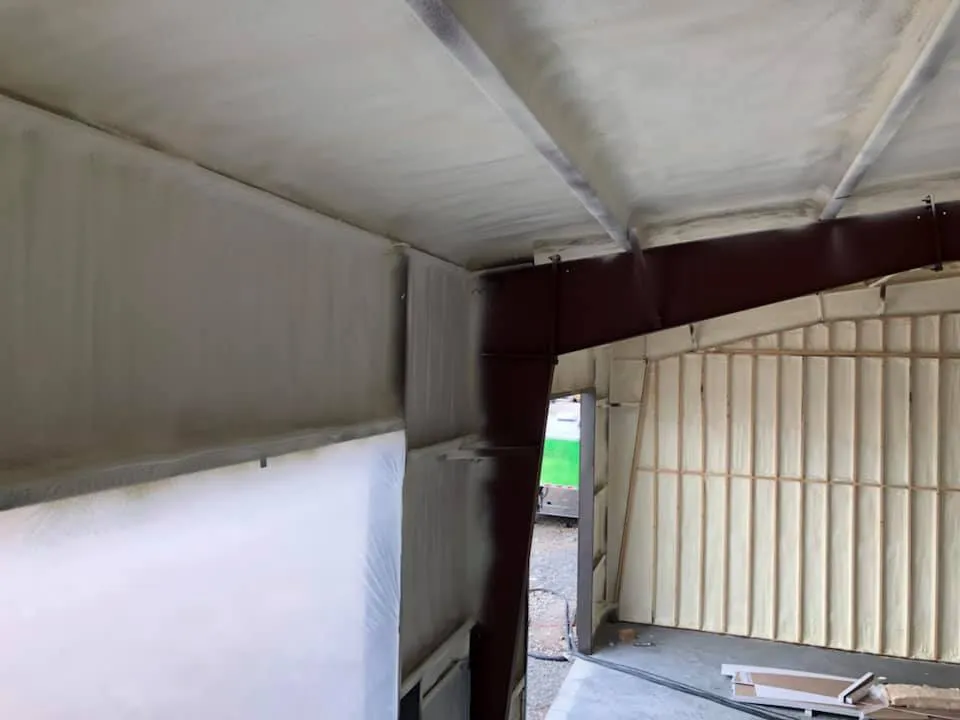
Proper insulation is the key to managing indoor temperatures in Burley because it effectively slows the transfer of heat. In winter, it keeps the warm air generated by a furnace inside the home, preventing it from escaping into the cold outdoors. During Burley’s hot and dry summers, it does the opposite, blocking the sun’s heat from entering and keeping the cooled indoor air from escaping. This resistance to heat flow creates a stable, comfortable living environment year-round, reducing the workload on heating and cooling systems.
Without sufficient insulation, a home in Burley is constantly battling the region’s significant temperature swings, from highs around 88°F in July to lows near 21°F in January. This guide explains the science behind insulation, its specific benefits for the local climate, and what to consider when choosing the right type for a property. With years of experience in thermal applications, Nevada Urethane has seen firsthand how a well-insulated home performs better, costs less to operate, and provides superior comfort.
To understand how insulation works, it’s useful to know how heat moves. According to the Department of Energy, heat transfers in three ways: conduction, convection, and radiation.
Insulation materials are designed to slow down these processes. Most common types work by trapping pockets of air, which is a poor conductor of heat. This prevents heat from easily moving through walls, ceilings, and floors. Materials like spray foam create an air-tight seal, which stops convective heat loss from drafts and air leaks, a common problem in many homes.
The effectiveness of an insulation material is measured by its R-value. A higher R-value indicates a greater ability to resist heat transfer. The climate in Burley is classified as a “mid-latitude steppe climate” and falls into ENERGY STAR’s Climate Zone 5. For this region, the ENERGY STAR program recommends specific R-values for different parts of a home:
Meeting these R-value targets ensures a home is properly equipped to handle both the freezing winters and hot summers typical of the area.
Different insulation materials have unique properties that make them suitable for certain applications. For Burley’s climate, which demands performance in both heating and cooling seasons, the choice of material is important.
| Insulation Type | R-Value per Inch | Key Advantages | Best Use Cases in Burley |
|---|---|---|---|
| Spray Foam | 3.5 – 7.0 | Creates an air-tight seal, acts as a moisture barrier, and has a high R-value. | Attics, rim joists, and walls, especially in older homes with irregular framing. Ideal for stopping drafts. |
| Fiberglass | 2.2 – 4.3 | Cost-effective, naturally fire-resistant, and widely available in batts and loose-fill. | Standard wall cavities and attics in new construction where air sealing is addressed separately. |
| Cellulose | 3.2 – 3.8 | Made from recycled materials, offers good sound dampening, and fills cavities well. | Densely packed into existing walls and attics to add insulation without major renovation. |
Bonus Tip: Combining insulation types can be very effective. For instance, using spray foam to air seal an attic and then adding loose-fill fiberglass on top can deliver high performance at a manageable cost.
A well-insulated home offers more than just comfortable temperatures. The financial and structural advantages are significant, particularly in a climate with high heating and cooling demands.
The primary benefit of insulation is the reduction in energy consumption. The Environmental Protection Agency estimates that homeowners can save an average of 15% on heating and cooling costs by air sealing and adding insulation to their homes. In Idaho, where energy costs can be high, these savings add up quickly over the life of a home. A properly insulated building envelope reduces how often the furnace and air conditioner need to run, which not only lowers utility bills but also extends the lifespan of the HVAC equipment itself.
Insulation creates a more consistent indoor temperature, eliminating hot and cold spots throughout the house. An air-sealing insulator like spray foam also prevents pollen, dust, and other outdoor pollutants from entering the home, contributing to better indoor air quality. Furthermore, it helps control moisture, reducing the risk of mold and mildew growth that can cause health issues and structural damage.
Before investing in new insulation, property owners should assess a few key factors to ensure they make the right choice for their specific needs.

For Burley’s climate (Zone 5), you should aim for R-49 to R-60 in the attic, R-19 to R-21 in exterior walls, and R-30 in floors and crawlspaces to achieve optimal energy efficiency and comfort.
Insulation resists heat flow in both directions. In the summer, it slows the movement of hot outdoor air into your home, keeping the interior cooler and reducing the strain on your air conditioning system.
Yes, when installed correctly by certified professionals. The chemical compounds in spray foam cure and become an inert, stable plastic. Installers use proper ventilation and safety gear during application to ensure a safe process.
Absolutely. Many insulation materials, especially spray foam and cellulose, have excellent sound-dampening qualities. They can significantly reduce the amount of noise from traffic, neighbors, and weather that enters a home.
Properly insulating a home in Burley isn’t just an upgrade; it’s a fundamental part of managing indoor comfort and energy costs effectively. By creating a strong thermal barrier, insulation works against the region’s cold winters and hot summers, ensuring a stable living environment. Before making a decision, homeowners should evaluate their property’s specific needs, consider the long-term savings, and choose a solution that addresses both thermal resistance and air sealing.
For homeowners looking to understand their insulation needs better, expert guidance is available. The team at Nevada Urethane can provide a thorough assessment and explain the options best suited for your property. To discuss your project, contact the office directly at (775) 397-2820 or send an email to [email protected] for more information.